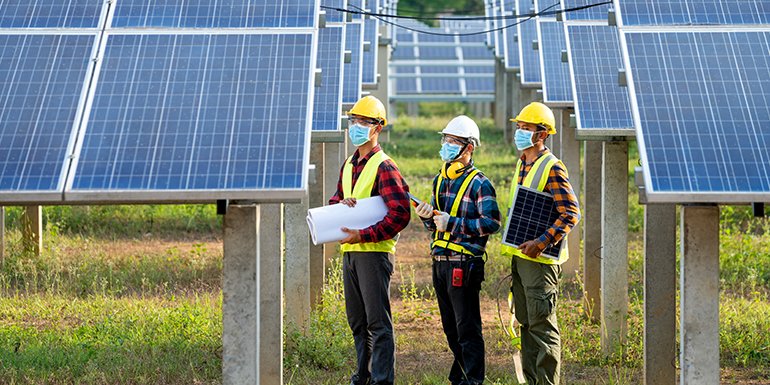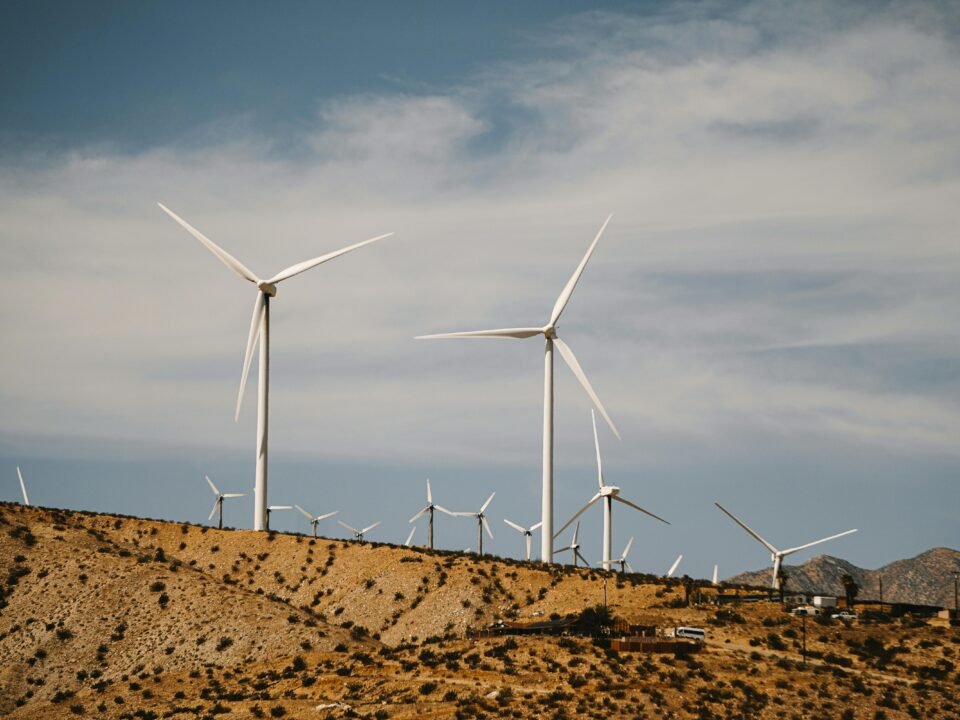India’s prompt response to coronavirus is being appreciated all around the world. For a country as densely populated as ours, we have managed to mostly restrict the virus in the urban areas where healthcare, safety gears, and testing centers are at close proximity. These stringent methods have been effective in reducing the severity of the pandemic but like all other nations in the world, these have also lead our economy into a temporary financial standstill, with most of the sectors being plunged into recession. Take for example the catastrophic oil crash in the USA which no one saw coming. But for industries that depend heavily on investments like the renewable energy market, it’s a little more complicated than that.
Why it’s just a temporary run down for the Renewable Energy industry?
India’s stance on investing, developing, and promoting the renewable energy sector to meet ambitious goals has been quite aggressive. Our honorable Prime Minister Mr. Narendra Modi has declared that by 2022, India shall be generating a minimum of 175 GW of energy from non-fossil fuel sources. Currently, we are rank third in the world according to the energy transition index by the United Nations. These goals are socially motivated to avoid the dependency of rural inhabitants solely on grid-power supply (which is mostly unavailable/unreliable).
Increasing rural productivity, healthcare system, sanitation, education, and quality of life are all connected to ensuring the continuous availability of electricity to these areas. Therefore, due to the current pandemic and other priorities, these projects might go on a back burner, but not for long. As soon as the dust starts settles, these projects will be re-instated with new vigor.
What will be the main challenges while re-staring these projects?
One of the prime challenges will be becoming self-sufficient. Most of India’s raw materials for technological development are imported. To be specific, almost 88% of these are imported from China. Therefore, it’s vital that the government should start investing and motivating ‘Make in India’ more aggressively while shifting the origin of components to other suppliers like South Korea. The stimulus money that is being garnered should also be strategically invested in other green resources like electric vehicles and efficient new coal plants for a more sustainable no-carbon future.
When it comes to installing residential solar panel systems, ordinary people might take a step back right now. Without their financial stability, they are currently more inclined to focus on their essential daily lifestyle needs. Most of the new construction/real estate projects have been stalled to avoid contact. But another perspective on the matter is that it will be easier to convince audiences to accept self-sufficiency in producing electricity. It will make their household more independent. Thus, ensuring high returns of investment.
In conclusion, the renewable energy sector is much better off as compared to the other industries that do not guarantee future and sustainability.




